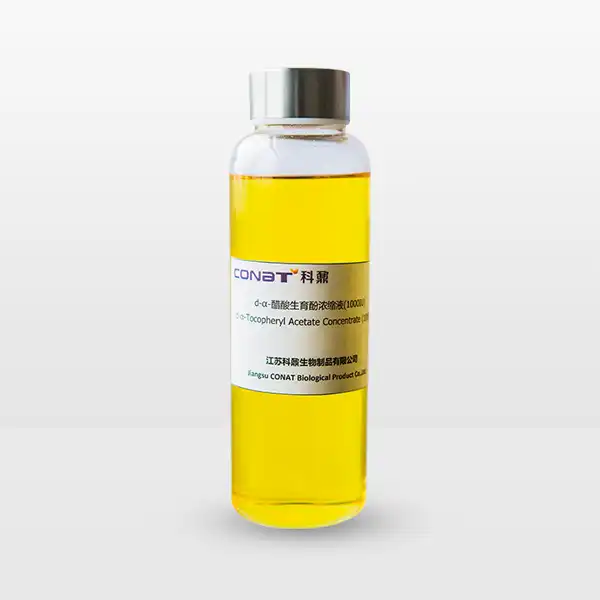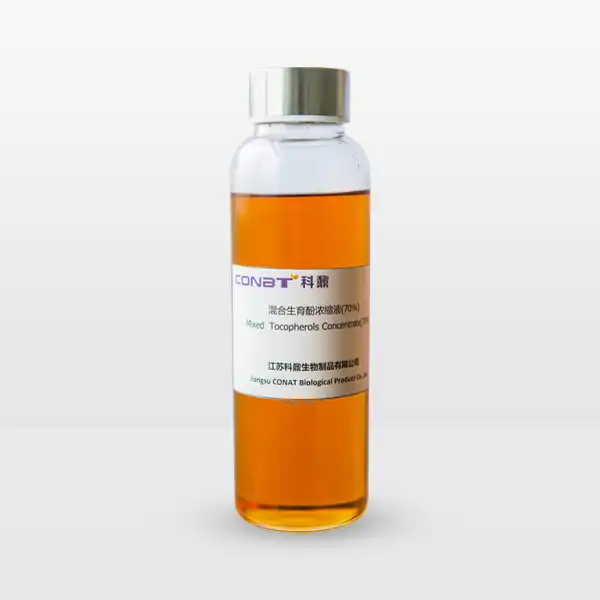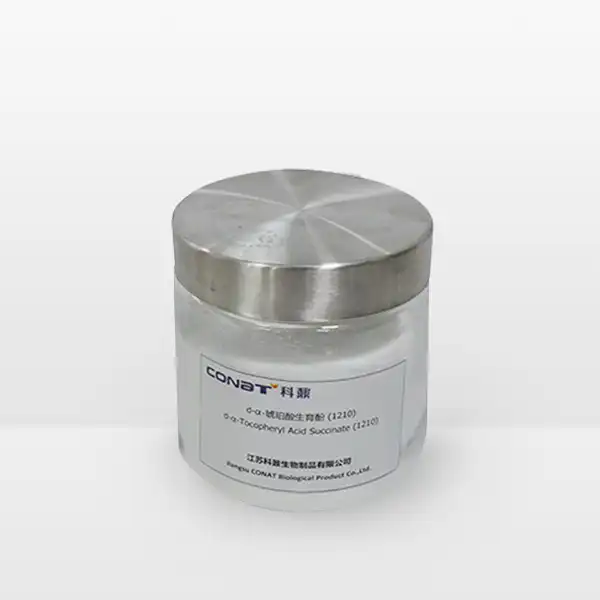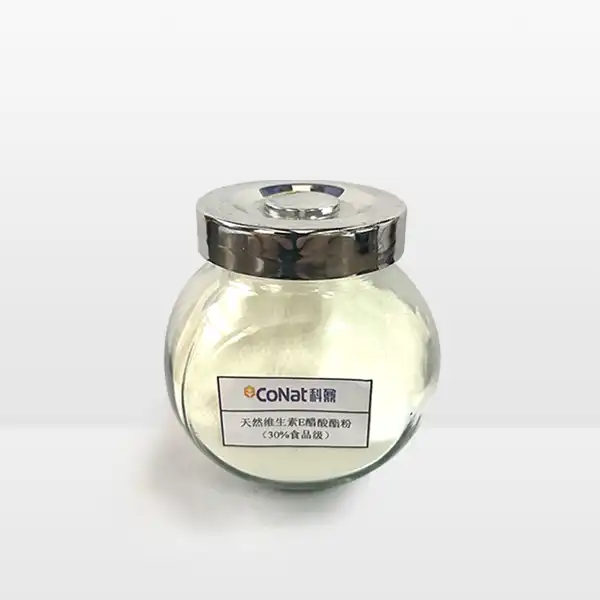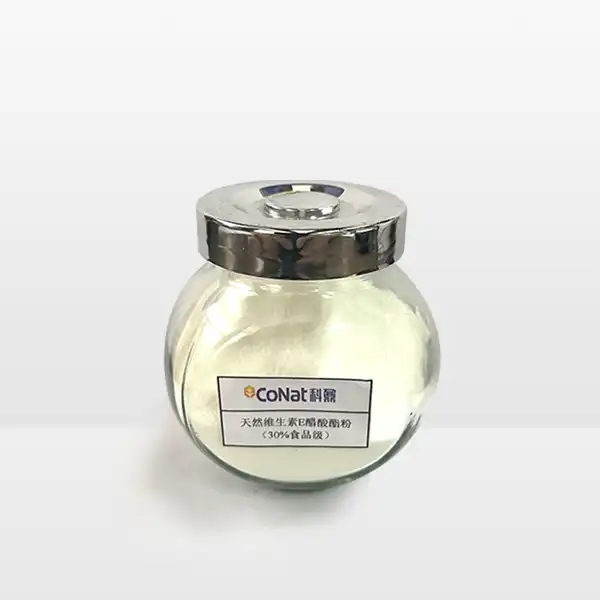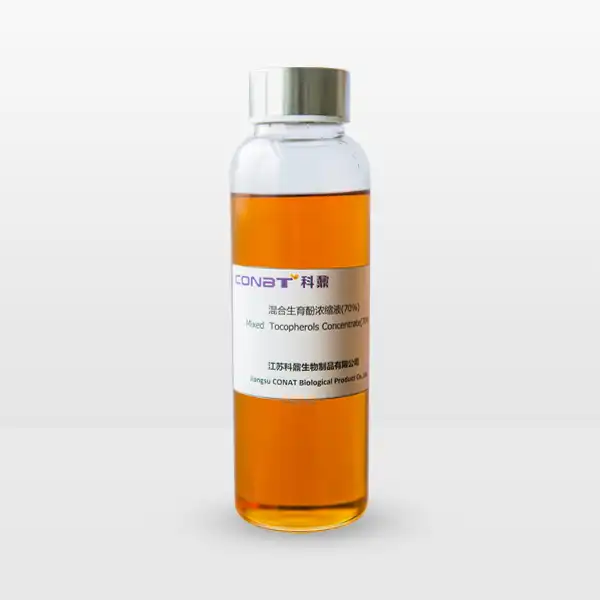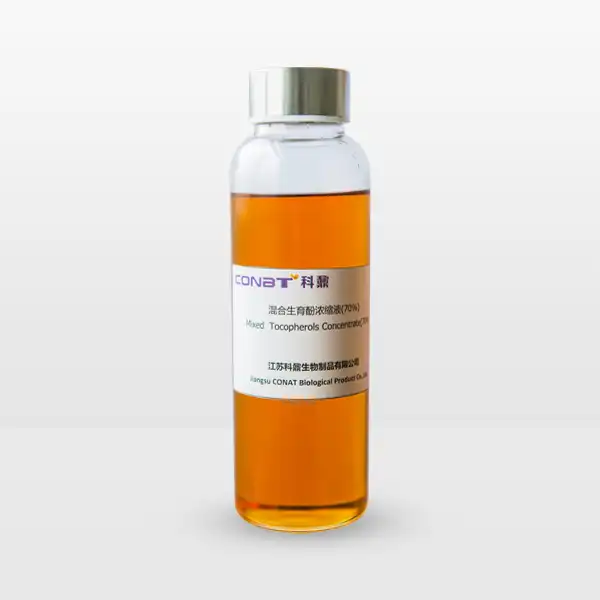- English
- French
- German
- Portuguese
- Spanish
- Russian
- Japanese
- Korean
- Arabic
- Greek
- German
- Turkish
- Italian
- Danish
- Romanian
- Indonesian
- Czech
- Afrikaans
- Swedish
- Polish
- Basque
- Catalan
- Esperanto
- Hindi
- Lao
- Albanian
- Amharic
- Armenian
- Azerbaijani
- Belarusian
- Bengali
- Bosnian
- Bulgarian
- Cebuano
- Chichewa
- Corsican
- Croatian
- Dutch
- Estonian
- Filipino
- Finnish
- Frisian
- Galician
- Georgian
- Gujarati
- Haitian
- Hausa
- Hawaiian
- Hebrew
- Hmong
- Hungarian
- Icelandic
- Igbo
- Javanese
- Kannada
- Kazakh
- Khmer
- Kurdish
- Kyrgyz
- Latin
- Latvian
- Lithuanian
- Luxembou..
- Macedonian
- Malagasy
- Malay
- Malayalam
- Maltese
- Maori
- Marathi
- Mongolian
- Burmese
- Nepali
- Norwegian
- Pashto
- Persian
- Punjabi
- Serbian
- Sesotho
- Sinhala
- Slovak
- Slovenian
- Somali
- Samoan
- Scots Gaelic
- Shona
- Sindhi
- Sundanese
- Swahili
- Tajik
- Tamil
- Telugu
- Thai
- Ukrainian
- Urdu
- Uzbek
- Vietnamese
- Welsh
- Xhosa
- Yiddish
- Yoruba
- Zulu
How is Tocopherol Concentrate Mixed Different From Regular Tocopherol?
Tocopherol concentrate mixed represents a specialized form of vitamin E that combines different tocopherol homologues in specific ratios to enhance their collective beneficial properties. Unlike regular tocopherol, which typically consists of a single form (usually alpha-tocopherol), the mixed concentrate provides a more comprehensive spectrum of vitamin E compounds found naturally in various food sources. This formulation aims to mirror the way vitamin E exists in nature, offering potentially superior bioavailability and effectiveness compared to isolated tocopherol forms. The increasing interest in mixed tocopherols stems from their ability to provide a broader range of antioxidant protection while maintaining the natural balance found in whole foods.
What are the main advantages of using mixed tocopherols in food preservation?
In the realm of food preservation, mixed tocopherols have emerged as a powerful natural alternative to synthetic antioxidants. The synergistic interaction between different tocopherol homologues (alpha, beta, gamma, and delta) creates a robust defense system against oxidative degradation in food products. This natural preservative approach has gained significant traction in the food industry, particularly as consumers increasingly demand clean-label products free from artificial additives.
The effectiveness of mixed tocopherols in food preservation stems from their ability to neutralize free radicals through multiple mechanisms. While alpha-tocopherol excels at scavenging peroxyl radicals, gamma-tocopherol demonstrates superior capability in neutralizing reactive nitrogen species. This complementary action provides more comprehensive protection against oxidative stress than single-form tocopherols. Food manufacturers have found that incorporating Tocopherols Concentrate Mixed can extend shelf life by up to 50% in certain products, particularly those high in unsaturated fats.
One particularly noteworthy advantage is the thermal stability of mixed tocopherols during food processing. Unlike some synthetic antioxidants that may degrade under high temperatures, mixed tocopherols maintain their effectiveness throughout various processing conditions, making them ideal for applications in baked goods, processed meats, and heat-treated oils. This stability ensures continued protection throughout the product's shelf life, from manufacturing to consumption.
The application scope of mixed tocopherols extends beyond basic preservation. They play a crucial role in maintaining the sensory qualities of food products, preventing rancidity, and preserving natural color profiles. Studies have shown that mixed tocopherols are particularly effective in protecting omega-3 fatty acids in fish oils, maintaining the nutritional integrity of nuts and seeds, and stabilizing vegetable oils during processing and storage. This versatility has made them indispensable in various food applications, from pet food to premium human nutritional products.
How does the absorption rate differ between mixed tocopherols and single-form vitamin E?
The absorption dynamics of mixed tocopherols versus single-form vitamin E reveal fascinating differences that significantly impact their nutritional value. Research indicates that Tocopherols Concentrate Mixed demonstrate enhanced absorption rates due to their diverse molecular structures and natural composition. This improved bioavailability can be attributed to the body's evolved mechanisms for processing vitamin E compounds in their natural state, where multiple forms coexist.
The absorption process involves complex interactions with transport proteins and cellular receptors. While alpha-tocopherol has traditionally been considered the most biologically active form, studies have shown that other tocopherol homologues present in mixed concentrates contribute uniquely to overall absorption efficiency. The presence of gamma-tocopherol, for instance, appears to facilitate better uptake of all vitamin E forms through competitive binding mechanisms with transport proteins.
Recent research has highlighted the role of specific carrier proteins in the intestinal absorption of different tocopherol forms. The presence of multiple tocopherol homologues appears to optimize the utilization of these transport systems, leading to more efficient absorption compared to single-form supplements. This enhanced absorption efficiency translates to better cellular distribution and utilization of vitamin E throughout the body.
Clinical studies have demonstrated that mixed tocopherols maintain higher plasma levels over extended periods compared to equivalent doses of single-form vitamin E. This sustained bioavailability translates to more consistent antioxidant protection and improved cellular utilization. Furthermore, the varied molecular structures of mixed tocopherols allow for more efficient distribution across different tissue types, providing comprehensive systemic benefits that single-form supplements may not achieve.
Why do manufacturers prefer mixed tocopherols for certain product applications?
Manufacturers' preference for mixed tocopherols in various product applications stems from their superior performance characteristics and versatility. The decision to use mixed tocopherols often revolves around their enhanced stability, broad-spectrum antioxidant activity, and consumer acceptance as a natural ingredient. This preference has been reinforced by extensive research demonstrating their effectiveness across diverse product categories.
In cosmetic and personal care products, Tocopherols Concentrate Mixed provide multiple benefits beyond their antioxidant properties. They contribute to product stability while offering skin-nourishing properties that single-form tocopherols may not provide as effectively. The natural origin of mixed tocopherols aligns with the growing clean beauty movement, making them particularly attractive for premium skincare formulations.
The food industry's adoption of mixed tocopherols has been driven by their exceptional performance in complex food matrices. Their ability to work synergistically with other natural antioxidants, such as ascorbic acid and rosemary extract, creates robust preservation systems that meet both functional and clean-label requirements. Manufacturers have found that mixed tocopherols provide more consistent results across different production batches and storage conditions, leading to more reliable product quality and reduced waste.
From a formulation perspective, mixed tocopherols offer greater flexibility in product development. Their natural origin and proven safety profile simplify the formulation process, particularly in applications where clean label claims are important. The ability to achieve desired preservation effects with lower usage rates compared to synthetic alternatives also contributes to cost-effective product development.
The economic aspects also favor mixed tocopherols in many applications. Despite potentially higher initial costs compared to synthetic alternatives, their superior effectiveness often results in lower usage rates and extended product shelf life, providing better value over the product lifecycle. Additionally, their natural source and proven safety record minimize regulatory compliance costs and simplify product registration processes in various markets.
Manufacturers also appreciate the stability characteristics of Tocopherols Concentrate Mixed under various processing conditions. Their resistance to degradation during heating, cooling, and pH changes makes them reliable ingredients across different manufacturing processes. This stability ensures consistent product quality and reduces the need for overformulation to compensate for degradation losses.
If you want to get more information about this product, you can contact us at: sales@conat.cn.
References:
1. Journal of Agricultural and Food Chemistry (2023) "Comparative Analysis of Mixed Tocopherols in Food Preservation"
2. Nutrition Reviews (2022) "Bioavailability and Absorption Mechanisms of Different Vitamin E Forms"
3. Food Chemistry (2023) "Stability Studies of Natural Antioxidants in Complex Food Systems"
4. International Journal of Molecular Sciences (2022) "Mixed Tocopherols: Mechanisms and Applications"
5. European Journal of Lipid Science and Technology (2023) "Industrial Applications of Natural Antioxidants"
6. Critical Reviews in Food Science and Nutrition (2022) "Natural Preservatives in Modern Food Processing"
7. American Journal of Clinical Nutrition (2023) "Vitamin E Bioavailability Studies"
8. Journal of Functional Foods (2022) "Antioxidant Synergies in Food Preservation"
9. Comprehensive Reviews in Food Science and Food Safety (2023) "Natural Antioxidants in Food Systems"
10. Food Research International (2022) "Innovation in Natural Food Preservation Technologies"
YOU MAY LIKE
